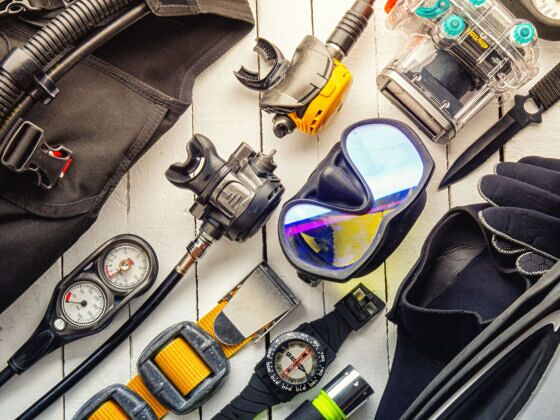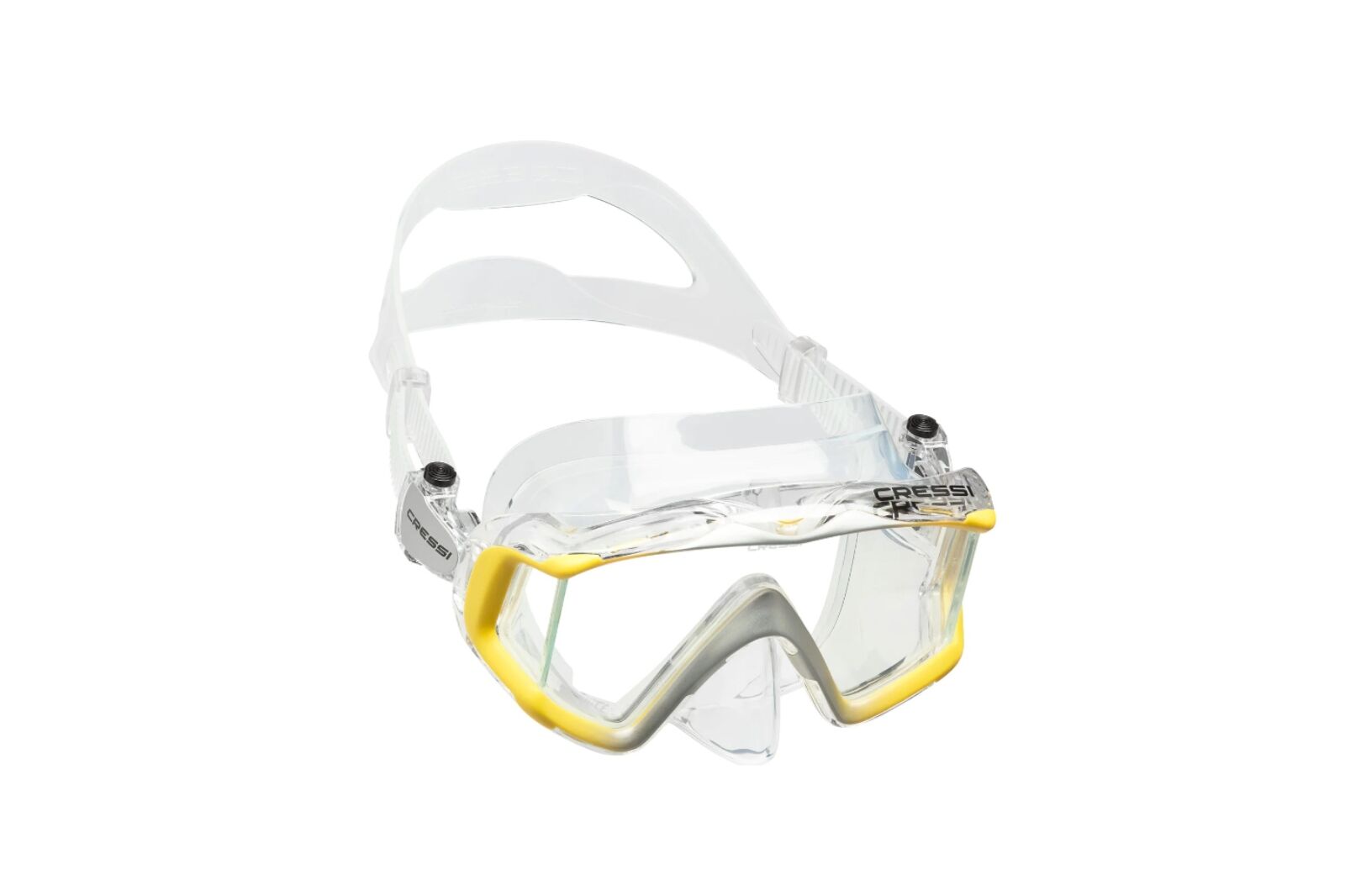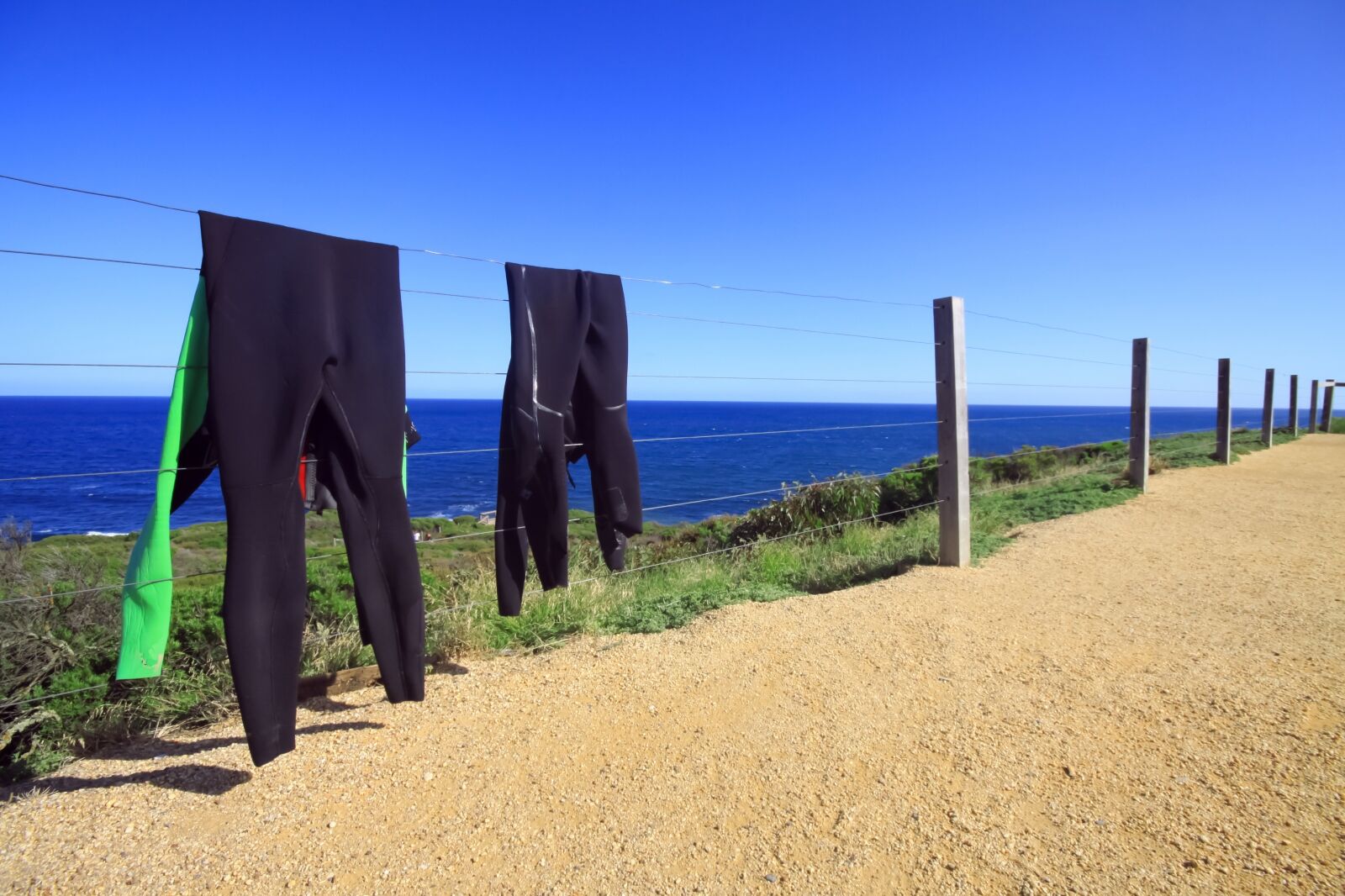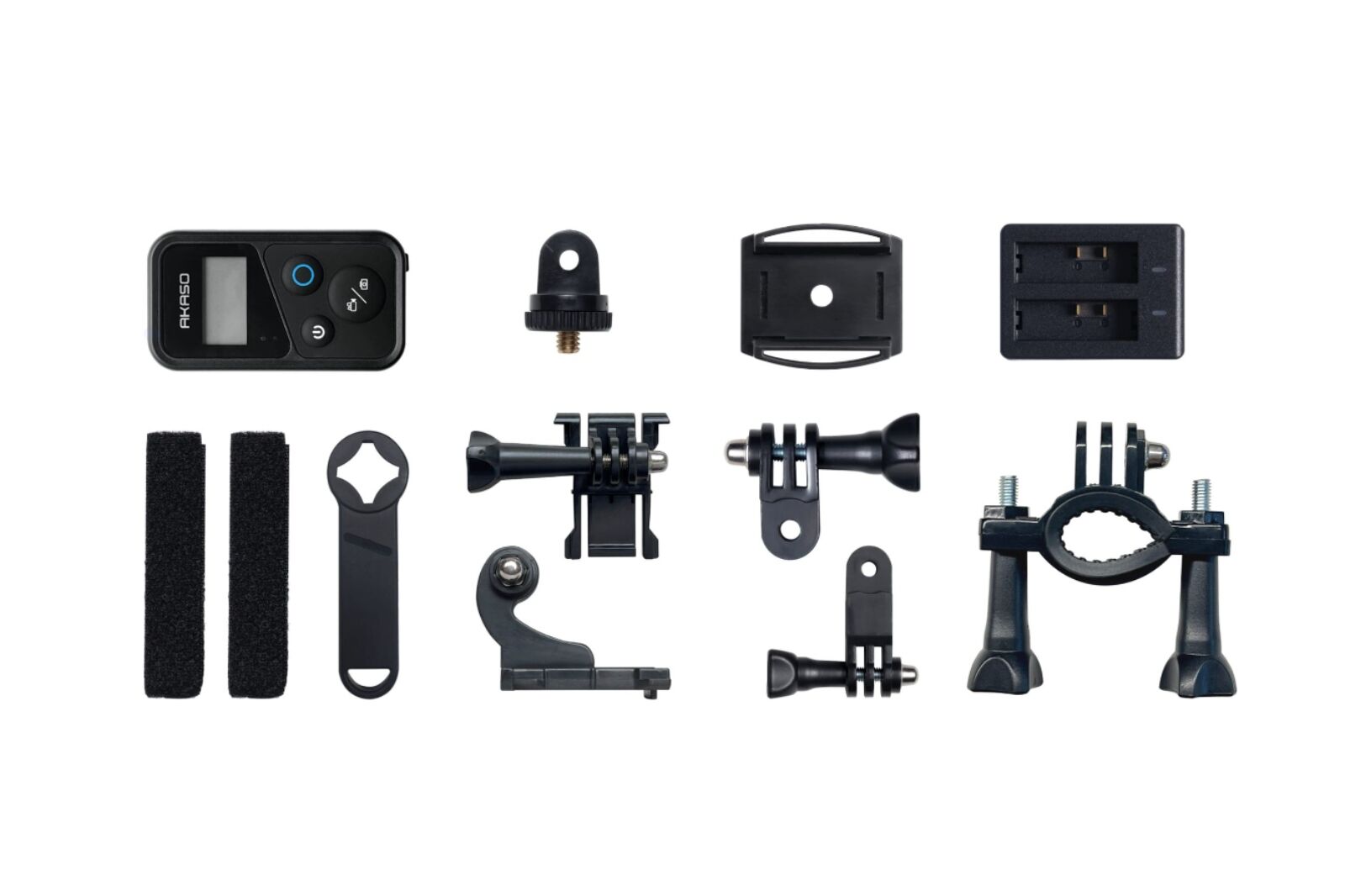Scuba diving is one of the most amazing ways to see the world. And since about 70 percent of the world is water, it also means you get to see islands, creatures, and underwater worlds most people can barely dream of.
Whether you just got certified or have been certified for a while but are just now planning your first dive trip, there are a few pieces of basic beginner dive gear you’ll want to buy. While you certainly can run out and spend a few thousand on a full dive set-up, including a BCD, a full set of regulators, fins, and more, most beginners can rent those items from dive shops fairly easily. And renting from your dive operator also means you don’t need to lug heavy gear through airports. But there are some pieces of beginner dive gear where it’s really important to have your own, either for safety, for comfort, or a combination of the two.







